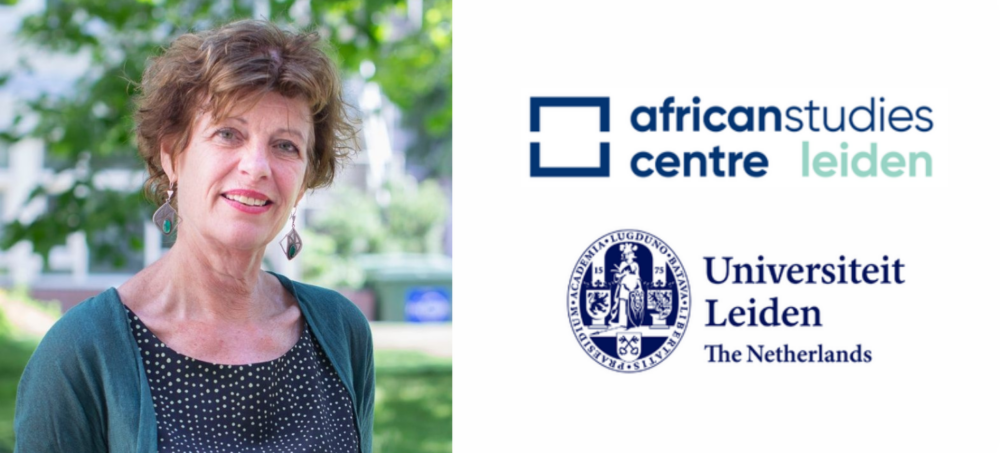Social media transforms social and political dynamics in the Sahel, just as it does elsewhere. To shed light on these changes, Mirjam de Bruijn, an anthropologist and professor at Leiden University‘s African Studies Centre in the Netherlands, replied to our questions.How and when did social media platforms become established in the Sahel?
The growth of social media in the Sahel began around 2009 with the arrival of Facebook. Its rapid uptake was favoured by strategies like free access, which allows cost-free use of the app on phones where it is pre-installed. These offers were even made available in rural areas with limited digital infrastructure. The arrival of WhatsApp in 2015 accelerated this dynamic, making communication more immediate and collective.
What are the main uses of social media?
WhatsApp has become the most-used app. It links families and communities through local groups, and enables a constant exchange of information. Messages from platforms like Twitter are often transferred via WhatsApp as screen shots or links. For journalists, these platforms are a source of information, but they also spread rumours which, unless they are checked, can become the only version of the facts in some isolated areas.
What impact does it have on social and political relations?
Social media contributes to social polarisation. It spreads messages linked to ethnic or historic identities that sometimes heighten tensions. It also plays a role in social mobilisation. Social media helps people to organise: we observed this in 2011 not only during the Arab Spring, but also during the sub-Saharan spring that followed. The protest movements in Ouagadougou in 2014–2015 and in Bamako in 2020–2021 were often mounted through phone calls and the social media platforms available at the time. However, this capacity for citizen mobilisation can also feed internal divisions.
How are governments reacting to these uses?
Temporary closures of social media platforms were frequent in the past, but this is happening less and less. Authorities now prefer to use the platforms to spread their propaganda and monitor online discussions. In this way, social media is becoming both the means of control and the arena for debate.
What role does the traditional media play in this new context?
Social media redistributes the power of the media to the advantage of influencers and citizen journalists. Classic channels like community radio stations are weakened in this new media landscape. Despite this, there is a strong connection between traditional and new media: journalists obtain information from social media and, in return, content from these sources is sometimes broadcast in their programmes. However, the widespread broadcast of unchecked content favoured by the major platforms’ commercial algorithms poses a major challenge to information quality and the fight against disinformation.

